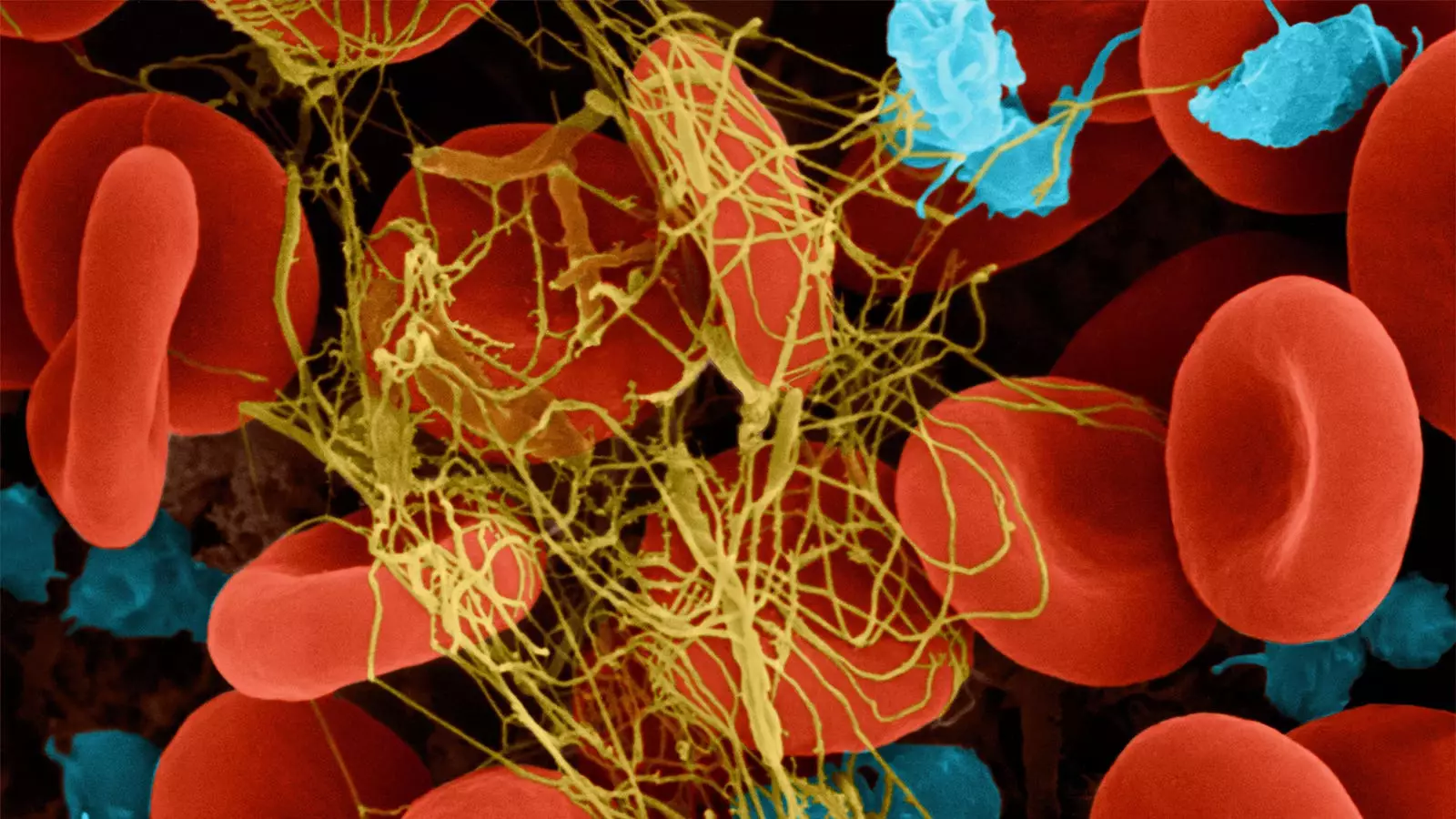Hemophilia B, a genetic disorder characterized by deficient levels of clotting factor IX, has traditionally required patients to adhere to a rigorous regimen of intravenous treatments to manage bleeding episodes. The paradigm for treatment has dramatically shifted with advances in gene therapy, particularly illustrated by the pivotal BENEGENE-2 trial involving fidanacogene elaparvovec (brand name Beqvez). This innovation has opened new avenues for potentially long-lasting solutions to this life-altering condition.
The BENEGENE-2 trial has presented compelling evidence regarding the effectiveness of fidanacogene elaparvovec, with nearly 75% of participants able to cease their prophylactic factor IX therapy post-treatment without experiencing increased bleeding episodes. This significant finding is pivotal as it addresses a critical challenge for clinicians and patients alike—the management of bleeding risks alongside treatment adherence. The trial results indicated that the annualized total bleeding episodes saw a notable reduction of 71%, while treated bleeding episodes almost halved (78% reduction). Such statistics demonstrate a paradigm shift, suggesting that gene therapy could effectively reduce the bleeding burden faced by hemophilia B patients.
Arising from the robust results and the treatment’s noninferiority to existing factor IX prophylaxis, the FDA granted approval for fidanacogene elaparvovec earlier this year. The scientific community lauded this move, as it marked a significant leap forward in the treatment landscape. The therapy’s underlying principle involves the transduction of the FIX-R338L variant, which has shown promising results in ameliorating the bleeding phenotype. This genetic modification allows for a sustainable increase in factor IX levels, thus reducing reliance on regular factor replacement therapies.
What’s particularly noteworthy is that over 80% of trial participants maintained factor IX activity within the mild-hemophilia range for an extended period, spanning 15 to 24 months. This sustained response suggests that gene therapy may offer not just temporary relief but a durable and efficient management strategy for hemophilia B.
Historically, the standard care for hemophilia B has revolved around episodic intravenous administration of factor IX, which, despite its effectiveness, does not eliminate the disease or its complications. Current therapies, including monoclonal antibodies and antithrombin inhibitors, necessitate ongoing treatment and patient vigilance, often translating to a complex management regimen. Gene therapy, in contrast, offers a potential one-time infusion solution, significantly lessening the treatment burden on patients and healthcare providers.
Administrating a single infusion of fidanacogene elaparvovec using an adeno-associated virus (AAV) vector could revolutionize the management of hemophilia B, paving the way for a more straightforward, patient-friendly therapeutic approach.
The BENEGENE-2 trial’s design was methodologically sound, encompassing a cohort of adult males aged 18 to 65 years with a confirmed history of hemophilia B and candidates for factor IX prophylaxis. After undergoing stringent screening, 45 individuals received the gene therapy treatment, and crucially, 44 completed the follow-up period of at least 15 months. This robust design provides a comprehensive data set for evaluating the long-term efficacy and safety of the therapy.
Researchers monitored the annualized bleeding rates meticulously, comparing them to a lead-in period under standard prophylactic therapy. With a marked decrease in bleeding incidents—from an average of 4.42 episodes at baseline down to 1.28—these results set a new benchmark for gene therapy’s success in managing this condition.
Concerning safety, the trial reported that the incidence of serious adverse events, including infusion-related complications, thrombotic events, or the development of inhibitors to factor IX, remained negligible. This favorable safety profile reinforces the potential of fidanacogene elaparvovec as a transformative treatment option for hemophilia B.
The BENEGENE-2 trial and the subsequent FDA approval of fidanacogene elaparvovec represent a watershed moment in the treatment of hemophilia B. The ability to significantly reduce bleeding episodes and enhance patients’ quality of life with a one-time infusion encapsulates the promise of gene therapy. As the landscape of hemophilia management evolves, it is imperative that ongoing research continues to support these innovations and their broader implications for patient care.


Leave a Reply